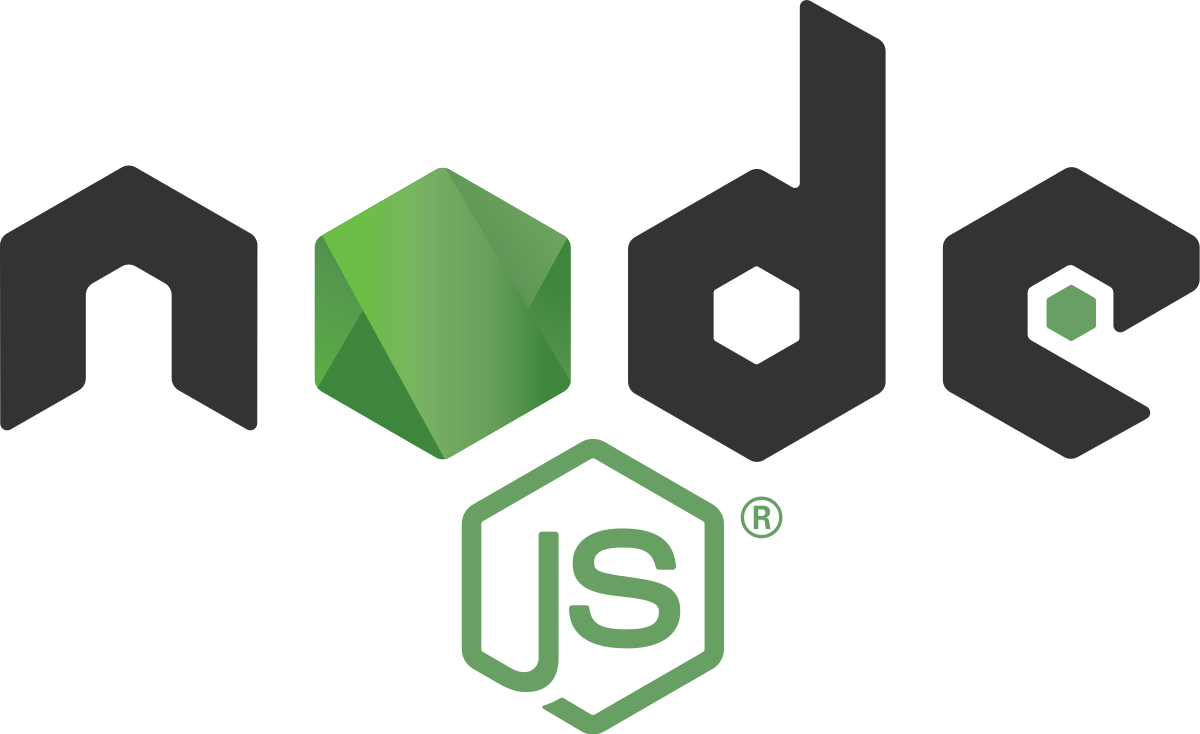Node 101 is an introduction to the basics of Node. In this section, you’ll learn about what Node is and why it’s become such a popular tool for developers.
You’ll also get a brief overview of the features that make Node so powerful.
By the end of this section, you should have a good understanding of what Node can do and how it can help you in your development projects.
What is Node?
Node is a JavaScript runtime environment that allows you to run JavaScript code outside of the browser. This makes it perfect for developing server-side applications, command line tools, and other kinds of back-end systems.
Node is built on top of Google’s V8 JavaScript engine, which means it has access to all of the latest JavaScript features. It also comes with a rich set of built-in libraries, which makes it easy to get started with Node development.
Node is a popular choice for developing server-side applications because it’s fast and scalable. Node applications are event-driven, meaning that they can handle a large number of concurrent requests without running into performance issues.
This makes Node ideal for developing real-time applications like chatbots and game servers.
Getting Started With Node
There are two main ways to get started with Node development: using the Node package manager (NPM) or using a JavaScript framework.
If you’re just getting started with Node, we recommend using NPM to install the necessary dependencies for your project. NPM comes bundled with Node, so you don’t need to install anything else to get started.
Once you have NPM installed, you can use it to install Node packages from the command line. For example, if you wanted to install the Express web framework, you would run the following command:
npm install express
If you’re looking for a more opinionated way to get started with Node development, you may want to consider using a JavaScript framework such as AngularJS, ReactJS, or VueJS. These frameworks provide an opinionated structure for building Node applications.
While there’s no right or wrong way to develop a Node application, we recommend using a framework if you’re planning on building a large-scale application.
Now that you know what Node is and why it’s become so popular, let’s take a look at some of the features that make it such a powerful tool for developers.
Features of Node
Node comes with a lot of features that make it an attractive option for developing server-side applications.
Some of the most notable features include:
Asynchronous I/O: Node uses an event-driven model for handling input/output operations. This means that Node can handle multiple concurrent requests without running into performance issues.
This makes Node ideal for developing real-time applications like chatbots and game servers.
Single-threaded: Node is single-threaded, meaning that all operations are handled in a single process. This makes Node very efficient and ensures that applications can handle a large number of concurrent requests without running into performance issues.
Fast: Node is built on top of Google’s V8 JavaScript engine, which makes it extremely fast.
This makes it perfect for developing high-performance server-side applications.
Scalable: Node is highly scalable, meaning that it can easily handle increasing traffic loads without running into performance issues.
This makes it ideal for developing large-scale applications.
Now that you know what Node is and some of the features that make it so popular, let’s take a look at how to get started with Node development.
